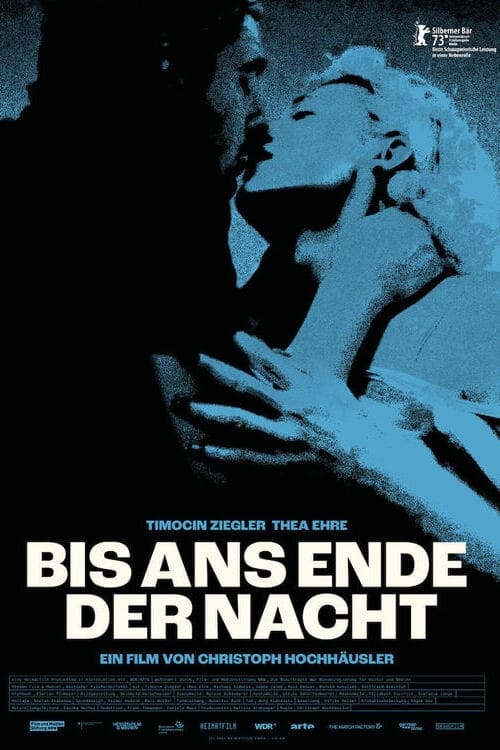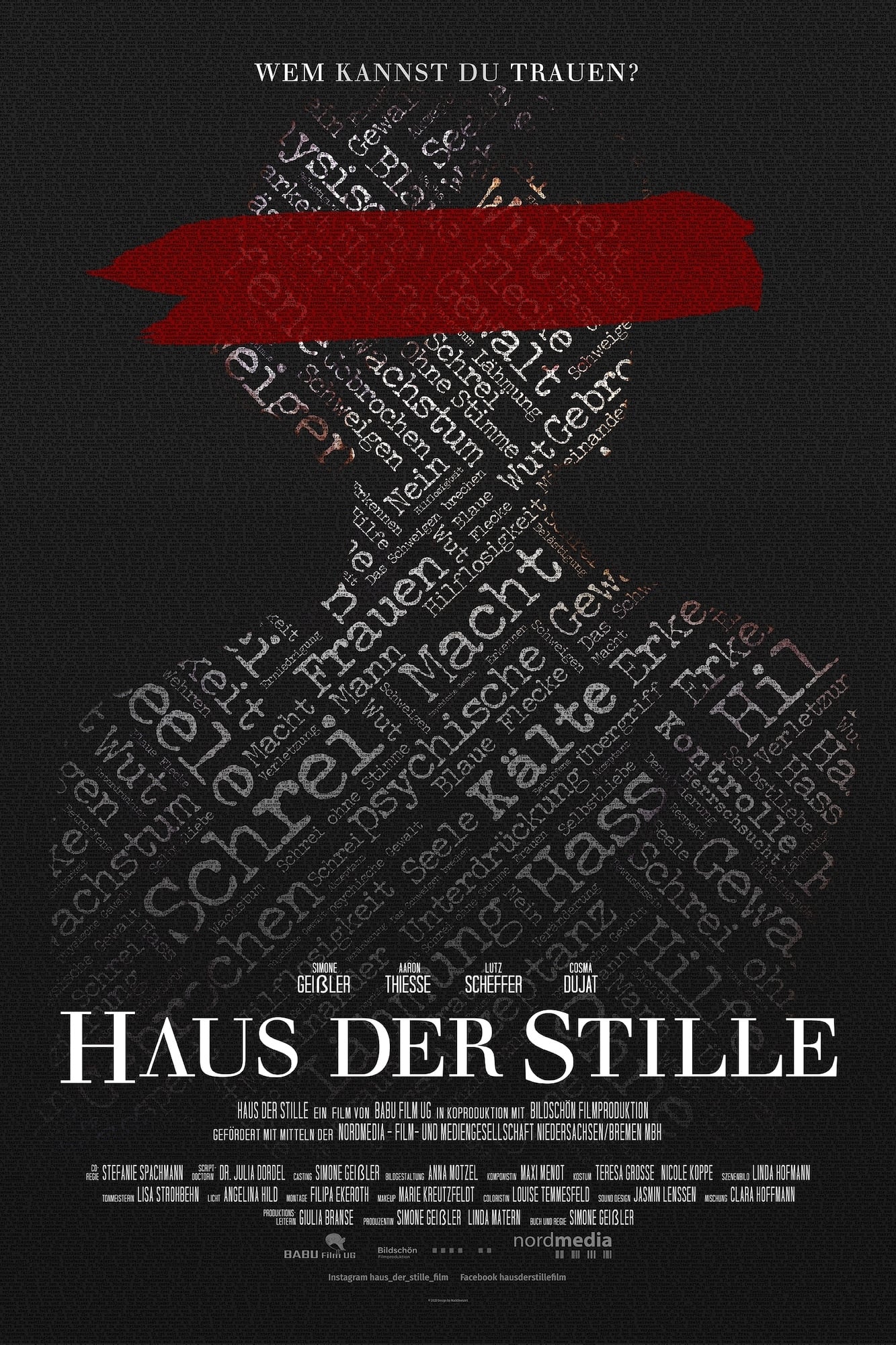![Marius Neset, London Sinfonietta, Geoffrey Paterso - Geyser (Live at Royal Albert Hall - BBC Proms) (2023) [FLAC 24bit/48kHz] Download](https://imghd.xyz/images/2023/11/21/g37vdsjhchzna_600.jpg)
Marius Neset, London Sinfonietta, Geoffrey Paterso – Geyser (Live at Royal Albert Hall – BBC Proms) (2023)
FLAC (tracks) 24 bit/48 kHz | Time – 01:03:47 minutes | 764 MB | Genre: Jazz
Studio Masters, Official Digital Download | Digital Booklet, Front Cover | © ACT Music
When I started work on Geyser last autumn I had decided I was done composing music that reflected the pain of the pandemic. This new piece was to be instead a celebration – of music, its welcome return and that unique atmosphere created by musicians when they meet to perform. Its mood was to be predominantly joyful and optimistic, while its title was a metaphor for the music’s underlying rhythmic energy, unleashed intermittently in ecstatic outbursts – like explosions of water and steam from a pressurised geothermal spring. (This idea of tension, boiling under the surface, is a theme I return to in a lot in my music.)Then, in February this year, Russia began its invasion of Ukraine. It was a similar feeling to when the pandemic first hit: I was in shock, only able to watch the news on repeat. I had already written much of the piece but I found that I couldn’t finish it. When I did eventually begin composing again it was impossible to pick up from where I’d left off. As someone who writes with a lot of emotion, such events will always affect the music. So I revisited many of the elements I had already written and dismantled them, loosening the structure and tonality in many places – a metaphor for how beauty, pleasantness and safety can so quickly be lost.
A good example of this can be found in the second movement, ‘On Fire’, where a deliberately cliched, ‘romantic’ theme, apparently in a straight- forward 4/4 rhythm, is undercut by an accompaniment with a different rhythmic impetus (a triple-time figure in 9/4). This warps the theme, which eventually morphs into something else entirely. A similar effect can be
found in the outwardly optimistic seventh movement, whose rhythmic undercurrent is based around a grouping of 13, eight-note triplets.
This sense of darkness and despair, prompted by the Russian invasion, added a new layer of meaning to the title and its original associations. It also helped inform the overall structure of Geyser, which shifts from dark to light over the course of eight movements. Following a secretive opening, the moody atmosphere of the first half gradually dissipates. The music becomes brighter, with more rhythmic and harmonic freedom; tonality gradually breaks down until the huge climax in the final movement, ‘Outbreak’: the Geyser is released.
As stated, the darker edges of this sequence were applied to the music after the news of the invasion. But this should come as no suprise. Though I always have a plan for how a work will be structured when I begin composing, I have to follow where the music takes me – to reflect what is happening in my life and in the world around me. This piece was no different.
Geyser was composed for the London Sinfonietta in combination with my own jazz quintet. My hope was to integrate the freedom and spontaneity of jazz into the written-down, ‘classical’ idiom that the Sinfonietta are used to working in. Inevitably, this means using improvisation. However, while it is almost entirely the players in the band who improvise in Geyser, the Sinfonietta’s role is not simply to proive an orchestral accompaniment for a series of solos. It is very actively involved in the process, echoing and developing melodic themes and ideas. This, I hope, gives the music a
real energy and freshness.
Because Geyser is the third large-scale work I have composed for the London Sinfonietta (after 2015’s Snowmelt, which later came out as an album, and 2019’s Viaduct) I have a good understanding of the ensemble’s sound. I know what works and how I can use the players most effectively. When we first collaborated it was a very different experience to anything I had done before. Though with my own group we always write out and learn our parts, we also open up and move away from the score during a performance (if you tried to follow a score during one of the our gigs you wouldn’t understand a thing!). With these projects, however, it is not possible to open up in the same way: the score has to be much more ‘finished’ when I hand it over.
That said, in Geyser there are still many similarities with my previous work. In devising the shape and form, for example, I think in exactly the same way as I have always done, whether that’s composing a symphony, saxophone concerto or improvising. I want to tell a story – that’s what it’s all about. I hope you enjoy the story you hear tonight.
Tracklist:
01. Marius Neset, London Sinfonietta & Geoffrey Paterso – Part 1 – Waterfall (Live) (07:24)
02. Marius Neset, London Sinfonietta & Geoffrey Paterso – Part 2 – On Fire (Live) (08:18)
03. Marius Neset, London Sinfonietta & Geoffrey Paterso – Part 3 – Out of Sight (Live) (09:02)
04. Marius Neset, London Sinfonietta & Geoffrey Paterso – Part 4 – Under the Surface (Live) (05:49)
05. Marius Neset, London Sinfonietta & Geoffrey Paterso – Part 5 – Lava (Live) (07:58)
06. Marius Neset, London Sinfonietta & Geoffrey Paterso – Part 6 – Flow (Live) (07:00)
07. Marius Neset, London Sinfonietta & Geoffrey Paterso – Part 7 – Meeting Magma (Live) (09:23)
08. Marius Neset, London Sinfonietta & Geoffrey Paterso – Part 8 – Outbreak (Live) (08:50)
Download from FileJoker:










![Marius Neset - Happy (2022) [FLAC 24bit/96kHz] Marius Neset - Happy (2022) [FLAC 24bit/96kHz]](https://imghd.xyz/images/2022/12/10/tt8t4dpxzc6bb_600.jpg)
![Marius Neset with London Sinfonietta - Snowmelt (2016) [HighResAudio FLAC 24bit/88,2kHz] Marius Neset with London Sinfonietta - Snowmelt (2016) [HighResAudio FLAC 24bit/88,2kHz]](https://getimg.link/images/imgimgimg/uploads/2018/03/LTrbJNl.jpg)
![Marius Neset, The Norwegian Radio Orchestra - Summer Dance (Live) (2023) [FLAC 24bit/96kHz] Marius Neset, The Norwegian Radio Orchestra - Summer Dance (Live) (2023) [FLAC 24bit/96kHz]](https://imghd.xyz/images/2023/07/28/tbeszmwqgs1jb_600.jpg)
![Marius Neset - Tributes (2020) [FLAC 24bit/48kHz] Marius Neset - Tributes (2020) [FLAC 24bit/48kHz]](https://getimg.link/images/imgimgimg/uploads/2020/11/tvevtuV.jpg)
![Marius Neset - Viaduct (2019) [FLAC 24bit/96kHz] Marius Neset - Viaduct (2019) [FLAC 24bit/96kHz]](https://getimg.link/images/imgimgimg/uploads/2020/04/nbJowGB.jpg)
![Marius Neset - Pinball (2015) [HRA FLAC 24bit/88,2kHz] Marius Neset - Pinball (2015) [HRA FLAC 24bit/88,2kHz]](https://getimg.link/images/imgimgimg/uploads/2016/03/RN7rW5s.jpg)
![Marius Neset - MANMADE (2022) [FLAC 24bit/96kHz] Marius Neset - MANMADE (2022) [FLAC 24bit/96kHz]](https://i0.wp.com/imghd.xyz/images/2022/02/10/sknlhqctk5gta_600.jpg?resize=500%2C500&ssl=1)
![Marius Neset & Trondheim Jazz Orchestra - Lion (2014) [HRA FLAC 24bit/48kHz] Marius Neset & Trondheim Jazz Orchestra - Lion (2014) [HRA FLAC 24bit/48kHz]](https://getimg.link/images/imgimgimg/uploads/2016/03/elocyqr.jpg)
![Marius Neset - A New Dawn (2021) [FLAC 24bit/96kHz] Marius Neset - A New Dawn (2021) [FLAC 24bit/96kHz]](https://i.postimg.cc/632Xq8Gn/00834eaf.jpg)
![Lars Danielsson, Marius Neset, Morten Lund - Sun Blowing (2016) [FLAC 24bit/96kHz] Lars Danielsson, Marius Neset, Morten Lund - Sun Blowing (2016) [FLAC 24bit/96kHz]](https://getimg.link/images/imgimgimg/uploads/2019/09/OTJ3AJL.jpg)
![Marius Neset - Circle Of Chimes (2017) [FLAC 24bit/88,2kHz] Marius Neset - Circle Of Chimes (2017) [FLAC 24bit/88,2kHz]](https://getimg.link/images/imgimgimg/uploads/2019/09/IN9lf29.jpg)